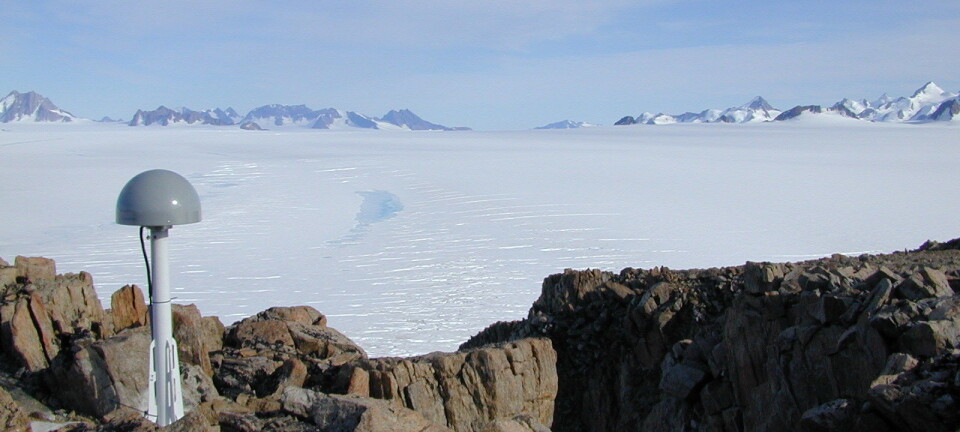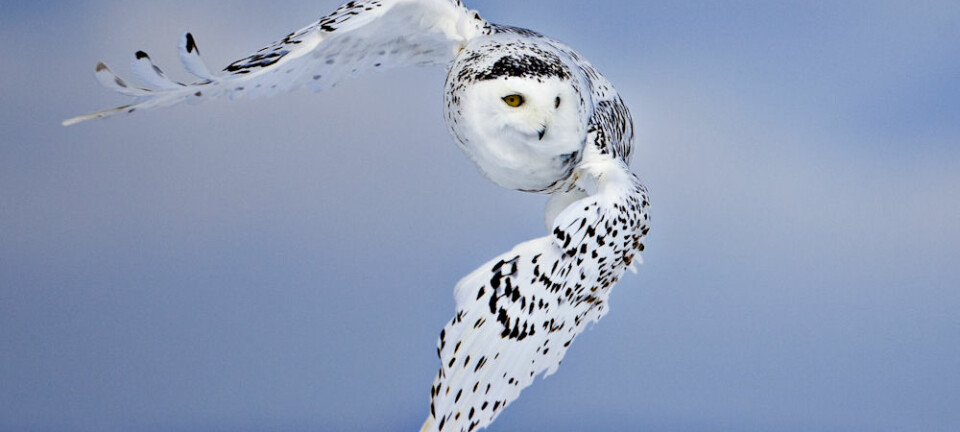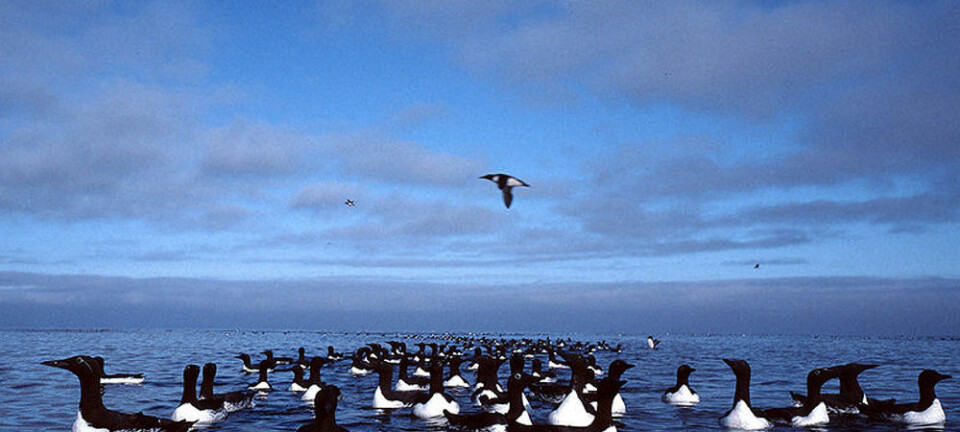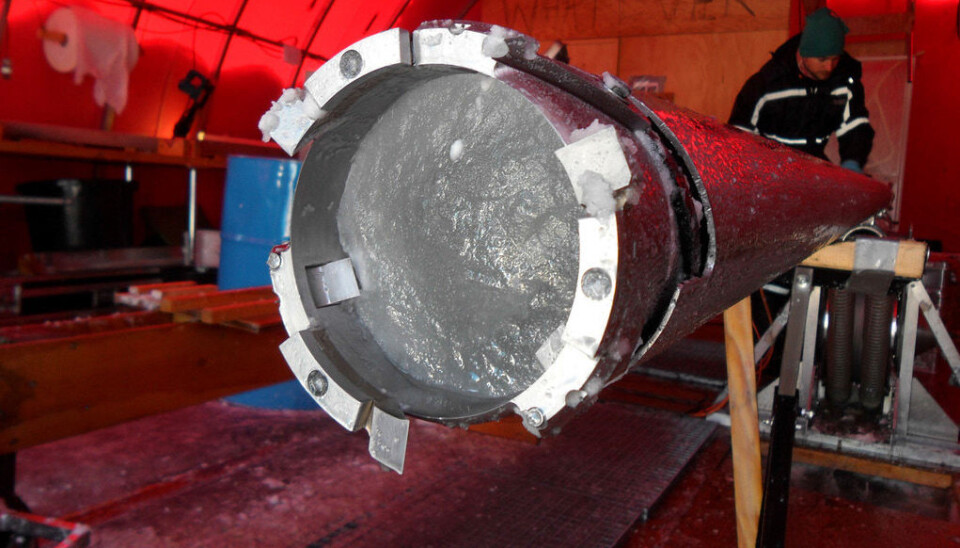
DNA drilled up from the bottom of Greenland’s ice sheet
DNA residues drilled up from Greenland’s ice sheet base reveal a green, lush landscape before the great island became covered by ice. New methods in DNA research make it possible to show a Greenland that’s different to the one we know today.
Imagine standing on a large green meadow scanning the surrounding countryside. On the horizon you can see a mountain crest rising.
There’s snow on top of it, but around you, the landscape is green and lush with a host of different trees, plants and insects. Does this sound like Greenland?
Not today’s Greenland, no. But finds of fossil DNA from soil residues embedded in the ice sheet have previously indicated that this was what Greenland looked like more than 400,000 years ago.
The frozen DNA is not directly accessible, but using ice cores drilled down through the ice sheet, scientists have gained access to the base of the ice sheet.

Astrid Schmidt is one of the few researchers in the world who works with DNA in ice cores. She recently defended her PhD thesis and currently works as a postdoc at the Centre for GeoGenetics and the Centre for Ice and Climate, both based at Copenhagen University.
Her work includes determining the species of the DNA that’s buried in the ice cores to gather information about the biology of ancient Greenland.
This is a job which brings her from the remotest regions of Greenland to the sterile laboratories in Copenhagen and which consists of working at temperatures well below the freezing point.
New methods for fossil DNA
Fossil DNA is normally found in permafrost because this environment acts as a natural freezer, which preserves the fossil DNA for posterity.
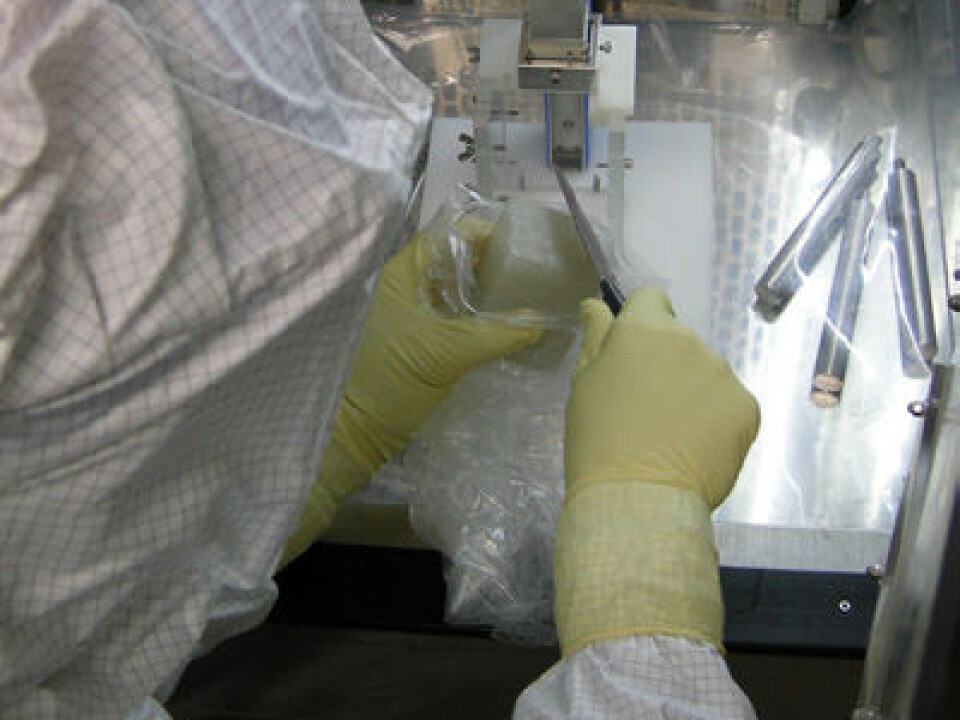
But unlike permafrost, ice cores have a much lower concentration of genetic material. It used to be difficult to find any DNA at all in the ice, but this has now changed.
Recent technical advances have enabled researchers like Schmidt to find far more genetic material than only a few years ago.
”It’s a bit like searching around in a soup using a magnet,” says Schmidt.
“If the magnet isn’t strong, you only find the most frequently occurring elements. If, however, you’re using a really strong magnet, you can attract more elements and you get a much broader picture of what the soup consists of.”
Different plant and insect species identified
Since the ice moves slowly across the land, we now believe that the genetic material that’s accumulated at the bottom of the ice cores represents the biodiversity in a wider area.
Astrid Schmidt
This means that scientists can now use ice cores to learn about past biodiversity.
One of the results of Schmidt’s work is that DNA from a far wider range of insect and plant species has now been identified in the ice.
One might wonder whether tiny amounts of biological material from an ice core measuring only ten centimetres in diameter can give an adequate picture of the entire wildlife in Greenland – a land mass covering an area almost ten times the size of Denmark.
The explanation lies in the way the ice sheet moves.
”Since the ice moves slowly across the land, we now believe that the genetic material that’s accumulated at the bottom of the ice cores represents the biodiversity in a wider area,” she says.
Climate research could benefit too
Understanding past biodiversity is not only important from a biological and evolutionary perspective. Climate researchers can also benefit from it.
Certain plant species, the so-called indicator species, only grow under highly specific temperature conditions. The existence of a plant species can therefore be used as a guideline for the temperature at the time when the plant grew. Scientists are hoping to use this knowledge as a kind of DNA thermometer.
Since DNA is best preserved in cold conditions, the researchers believe that the genetic material they have found at the bottom of the ice cores stems from the period immediately before the climate grew dramatically colder and the ice sheet started to expand.
In this way, the species tell us something about the climate immediately before Greenland became covered with ice, and the age of the DNA is used for determining when this happened.
Covered by ice for 400,000 years
Schmidt’s research has shown that northern Greenland has been covered by ice for longer than previously thought.
There is a large degree of uncertainty when scientist determine the age of DNA, which is why it’s not easy to come up with a precise age at this point.
However, the results so far indicate that Greenland has been covered by ice at least up to 400,000 years ago and possibly hundreds of thousands of years before that.
The most surprising result shows that the ice sheet in northern Greenland did not melt away during the Eemian interglacial period more than 100,000 years ago, which was the most recent period with a warmer climate than today.
DNA material from mammals such as wolves, deer or bears occur less frequently than material from plant growth, and Schmidt and her colleagues have yet to find any such DNA in Greenland.
Perhaps DNA material from large mammals is buried in the ice, or perhaps it has already degraded.
--------------------------------
(This article is reproduced on this site by kind permission of Polarfronten, a Danish online magazine with news about polar research.)
Read the Danish version of this article at videnskab.dk
Translated by: Dann Vinther
External links
- Astrid Schmidt’s profile
- About Astrid Schmidt’s PhD defence
- The Centre for Ice and Climate
- The Centre for GeoGenetics
